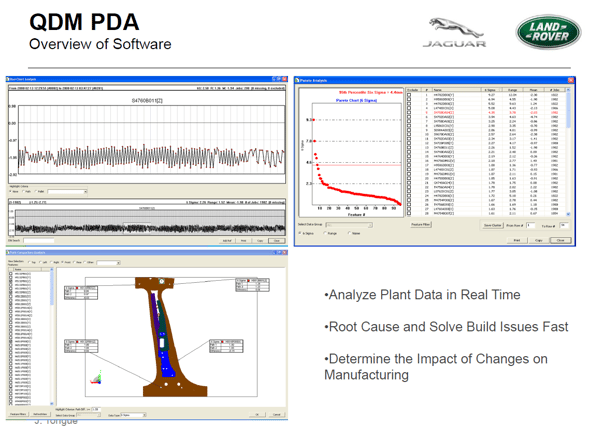Menu
- Solutions
- Videos
- Industries
- Software
- Support
- Careers
- Company
- Contact
DCS Solutions have been used in the automotive industry for more than 20 years. As the most used Tolerance Analysis software in automotive, 3DCS Software has been adopted by 10 out of 10 leading OEM's, and their suppliers.
How are automotive companies leveraging DCS Solutions to reduce their quality costs - scrap, rework, downtime, and warranty claims?
Scroll down to find out.
Successful tolerance analysis product execution played a major role in our achievement of high quality across our product vehicle line. The Chevrolet Volt, Chevrolet Silverado, Chevrolet Malibu and Cadillac CTS were all named Car/Truck of the Year winners. -- General Motors
McLaren -- Valeo -- Hella -- Mahindra -- Jaguar Land Rover
[Excerpts from the 2017 DCS Global Technology Conference]
3DCS Variation Analyst
1. Model the entire vehicle (350 parts, 5400 points, 2500 tolerance groups)
2. Simulate fixture and process performance, and propose solutions to issues
3. Confirm and validate datum structure, tolerances and critical features
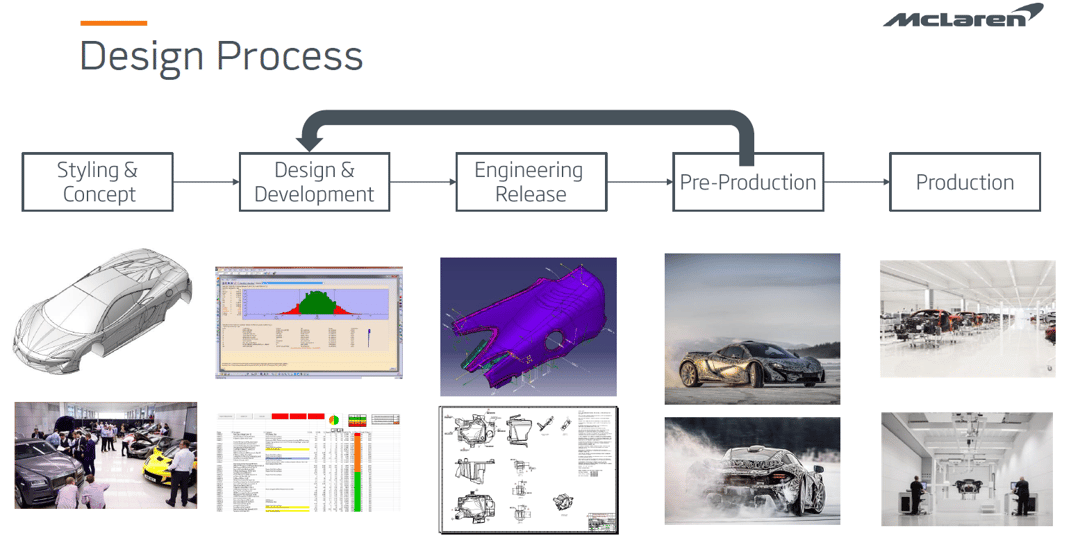
As a company, McLaren been using the tool for 7 years now. They started out with a basic model, very basic in the terms of the results and analysis, but now they are using complex models at several stages of the design process.
McLaren starts right at the beginning of the project, when the car is just a styling theme. They work with the concept engineers on how to break up the panels and align those parts to each other as well as the structural elements of the car. The team then moves on to the design and development stages, which is analyzing the gap and flush conditions. That is the core part of what the dimensional team does. They approve all the engineering releases for all the parts. In doing so, they confirm that all of the geometry, all of the GD&T matches what is in the 3DCS model. The team then moves on to pre-production phases, confirming that what is actually being built is what they intended to build, and correcting any design engineering at that point before handing over the car to the series production team.
3DCS Variation Analyst
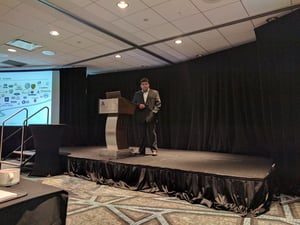
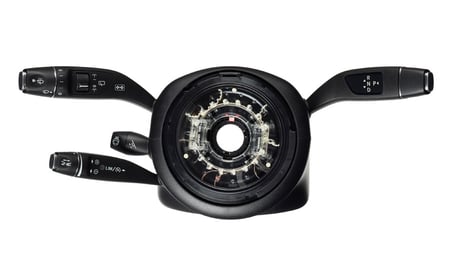
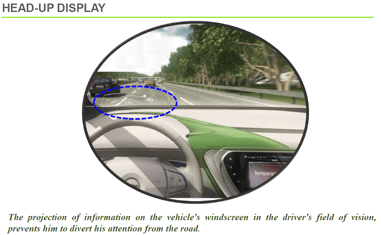
3DCS Variation Analyst
Vladimir Till, Dimensional Engineer from Hella, demonstrated at the 2017 DCS Global Technology Conference how his team developed a tool with Visual Basic in Excel to automate the creation of tolerances using ISO Standards in early design phases. This was key to his team's designs, as they could then begin modeling and running simulations before they had received the part drawings and actual design tolerances.
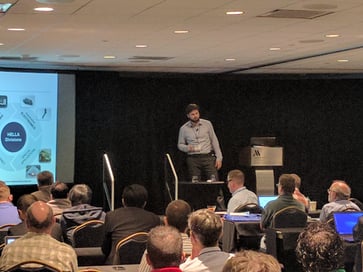
Vladimir's team worked on a number of different advanced headlamp models, including the one for the Mercedes-Benz E-Class using 84 individual LED lights:
The tool developed by Valdimir and his team allows for push-button export of created points, and then with a few chosen options, the automatic creation of ISO Standard tolerances which can then be imported back into 3DCS. This saved his team many hours of manual inputs and reduced the chances for human error.
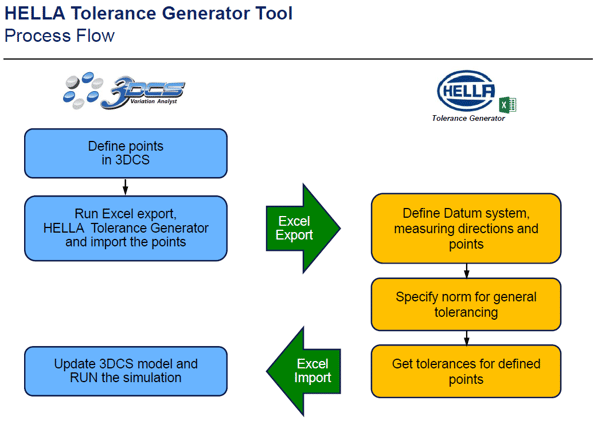
This highlights the versatility of 3DCS, as using methods like Excel Create, users can customize and connect 3DCS to meet their process and user needs, instead of having to change to fit 3DCS. This is a powerful benefit that is important to DCS, as no two companies do things exactly the same, and a one-size-fits-all solution is not practical or realistic.
DCS sees this as the future of Process Capability Database as well. As the PCDB allows users to tie tolerances to a database that can be easily updated, these kinds of auto-create lookup tables could be developed and put within the database to give engineers the ability to begin running analyses earlier in the design phase, and then quickly update their models once the designs become available.
3DCS Variation Analyst
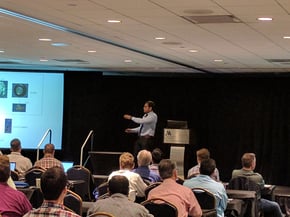
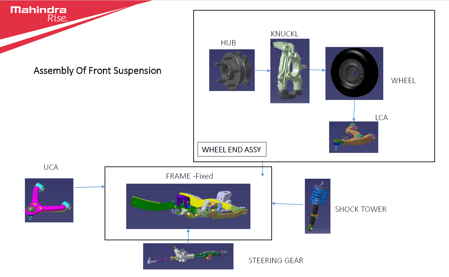
3DCS Variation Analyst
QDM SPC System
Jon Tongue and Paul Gilbert from Jaguar Land Rover (JLR) spoke at the 2017 DCS Global Technology Conference. This showcased a powerful combination of simulation tools and manufacturing QMS software to correlate designs with manufacturing results. This has provided powerful returns to JLR, who has truly pioneered this process.
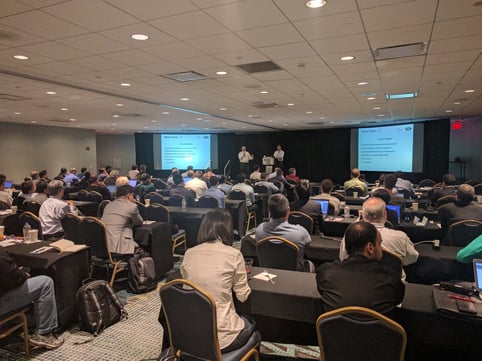
This Closed Loop process of continual improvement uses 3DCS and a QDM WEB System to simulate, create measurement plans, measure and then solve issues both before and during production.
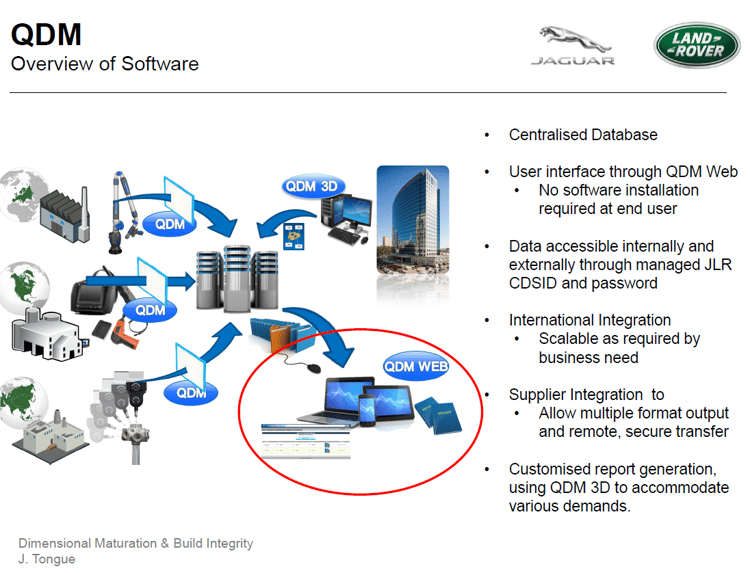
Utilizing advanced tools like QDM PDA - an advanced SPC analysis package - and 3DCS Variation Analyst, JLR is using DVA to accomplish truly impressive feats.
